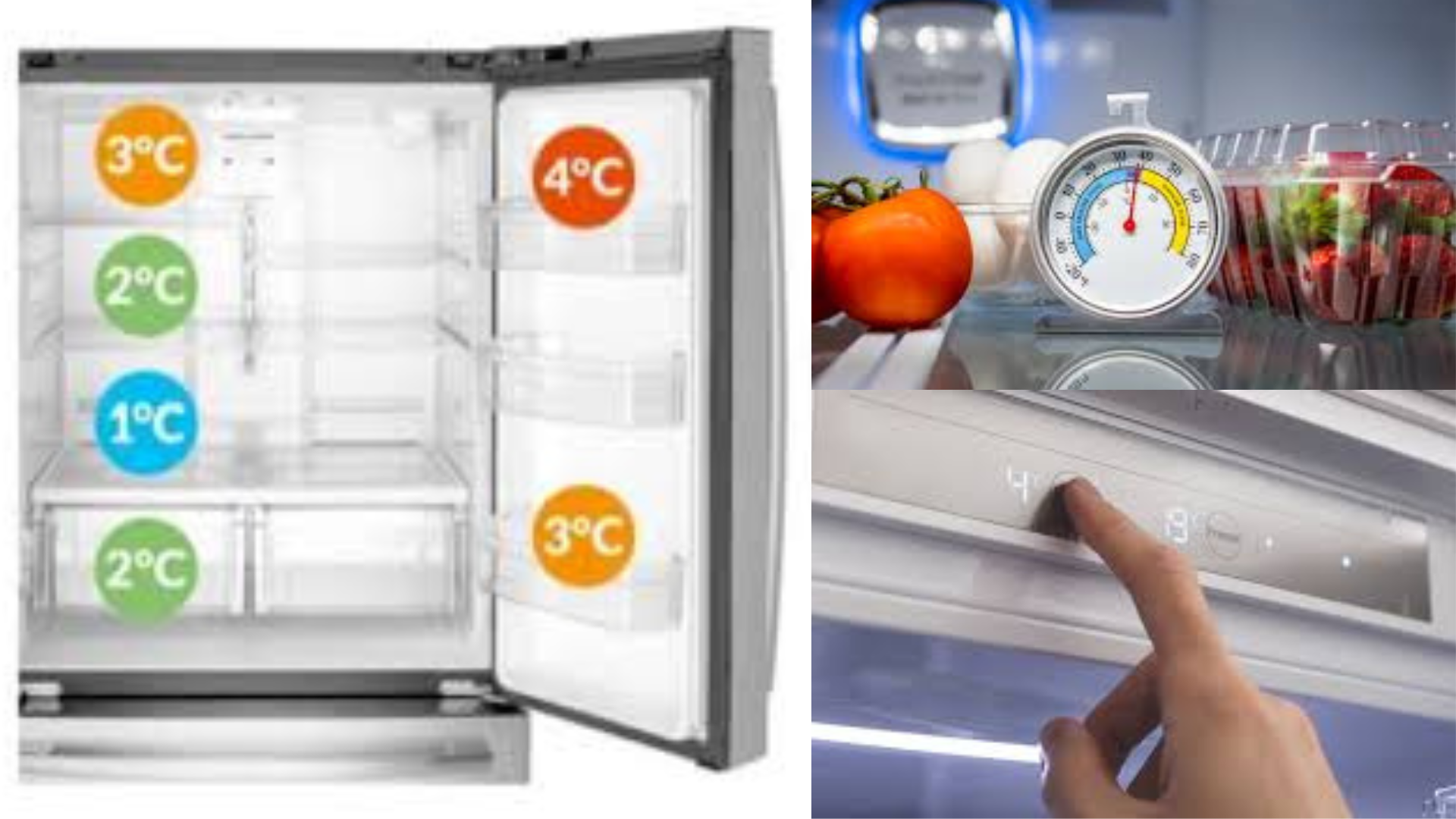As temperatures soar above 45 degrees in some parts of the country, refrigerator efficiency can take a hit. Properly adjusting your fridge’s temperature settings is crucial to maintaining its cooling efficiency, especially during the scorching summer months.
Why Adjusting Fridge Temperature Matters in Summer
High ambient temperatures can reduce the cooling efficiency of refrigerators, leading to potential spoilage of food and increased energy consumption. Ensuring that your fridge and freezer are set to the optimal temperatures can help maintain their performance and keep your food fresh.
Ideal Temperature Settings for Summer
According to Samsung, the ideal temperature for your fridge is 3°C (37.4°F) and for the freezer is -19°C (-2.2°F). Voltas also recommends setting the fridge temperature between 3°C and 5°C and the freezer temperature between -18°C and -23°C.
Here is a quick reference for recommended temperature settings:
| Brand | Recommended Fridge Temperature | Recommended Freezer Temperature |
|---|---|---|
| Samsung | 3°C / 37.4°F | -19°C / -2.2°F |
| Voltas | 3°C to 5°C | -18°C to -23°C |
Tips to Boost Fridge Cooling Efficiency
- Placement Matters: Ensure your fridge-freezer is at least 5 cm from side walls and 10 cm from the rear wall. Avoid placing it in areas with direct sunlight, such as conservatories.
- Maintain Optimal Temperature: Keep the fridge temperature around 3°C (37.4°F) year-round. Set the freezer temperature to about -19°C (-2.2°F) or -18°C (-0.4°F), depending on the model.
- Use Power Functions Wisely: Utilize power freeze or power cool functions only when adding large quantities of fresh food. Activate these functions 2 hours before adding the food and turn them off 5 hours later.
- Proper Storage: Avoid storing items like ice creams, ice lollies, or bread in the freezer doors or on the top shelf, as these areas may not maintain optimal freezing temperatures.
As summer heats up, ensuring your refrigerator is set to the right temperatures can make a significant difference in its performance. By following these guidelines and tips, you can keep your fridge running efficiently and your food fresh, even in the hottest months.





















